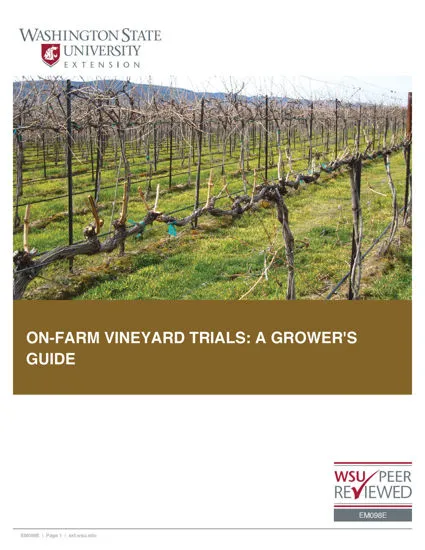Previous Issues / Episodes
Description
×There are few plant diseases that have the same combination of international distribution and importance as grapevine powdery mildew (PM), which is present almost anywhere that susceptible grape varieties are grown. This disease, caused by the fungus Erysiphe necator, is believed to have originated in northeast North America, where the native grapevine species demonstrates a significant level of tolerance or resistance to this pathogen. However, the European wine grape species, Vitis vinifera, which did not evolve with this pathogen, is susceptible and severe symptoms can occur on fruit, foliage, and shoots of the plant when spread of the pathogen is extensive. Severe cluster infections render the fruit unusable, and even modest infections can predispose fruit to secondary invasion by spoilage microorganisms and Botrytis bunch rot (BBR). Foliar infections can significantly reduce the photosynthetic capacity of the plant and, in severe cases, cause premature defoliation. Heavy, early-season infections can predispose buds and canes to winter injury by compromising tissue integrity.
Author Bio
×"Payemnt Success! Prepping Media..."

"Payment failed! please try again..."


























